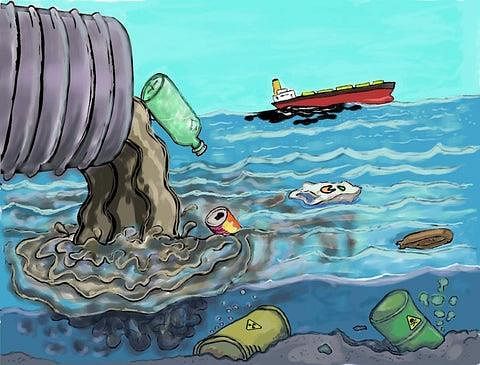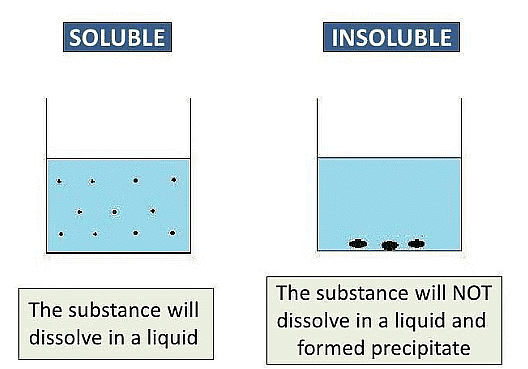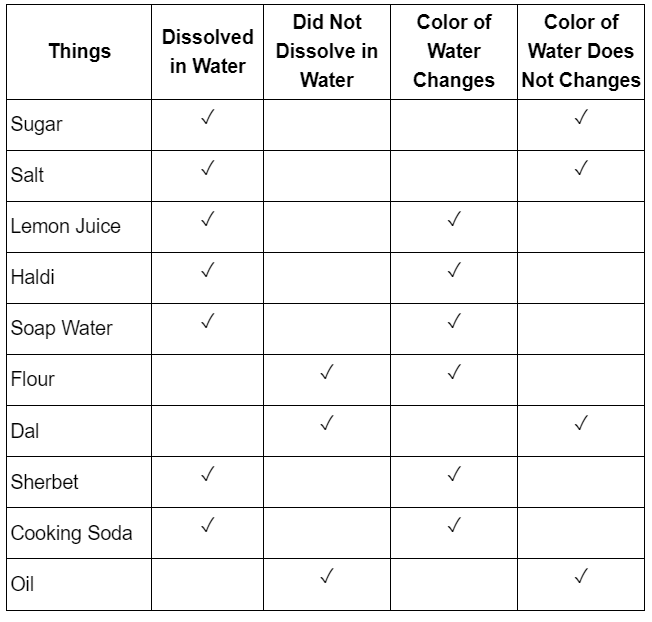A River`s Tale Class 4 Notes EVS Chapter 13
This chapter discusses how human activities affect rivers and what can be done to save them.
River and Sea
- A river is a flowing watercourse that starts from a source, typically a hill or mountain, and ends at its mouth where it meets the sea, ocean, or a large lake.
- A sea is a vast body of saltwater surrounded by land.

Understanding Rivers
- River Color: While water itself is colourless, rivers often appear bluish when seen from a distance.
- River Source: Every river starts somewhere. This starting point is called the source, usually found in hills or mountains.
- Formation: Rivers usually begin as small streams. These streams join together to form larger rivers.
- End Point: Eventually, every river ends somewhere. The place where it meets another body of water is called the river's mouth.
- Mouth Destination: Rivers discharge their water into seas, oceans, or large lakes.
- Example: The Nile River holds the title of being the world's longest river.
How does Water become Dirty?
Water pollution occurs when harmful substances contaminate water sources, making the water unsuitable for various activities like drinking, cooking, swimming, and cleaning.
 Water Pollution
Water Pollution
Causes of Water Pollution:
- Washing Utensils: Cleaning dishes and cookware can lead to water pollution if the soapy water is not properly disposed of.
- Bathing Animals: Bathing pets or farm animals near water sources can introduce harmful substances into the water.
- Cleaning Utensils: Similar to washing utensils, cleaning household items with chemicals can pollute nearby water bodies if the wastewater is not managed correctly.
- Wastewater: Discharging untreated or poorly treated wastewater from homes, industries, or agriculture can contaminate rivers, lakes, and oceans.
- Industrial Waste: Factories often release chemicals and pollutants into water bodies, leading to pollution.
Soluble and Insoluble Substances
- Soluble substances are materials that can dissolve in water. Examples of soluble substances include sugar and salt.
- Insoluble substances are materials that cannot dissolve in water. Examples of insoluble substances include sand and wheat.

Soluble or Insoluble – Find Out?
Here are the steps for the experiment:
- Collect some items from your kitchen.
- Take 5 or 6 glasses.
- Fill each glass halfway with water.
- Make sure each glass has the same amount of water.
- Put one item into each glass, like turmeric in the first glass, oil in the second glass, and soda in the third glass, until all glasses are filled.
- Combine all the items in a bowl of water and observe what happens.

→ Some things dissolve in water, but the water might not change color. Does this mean those things are not in the water?
→ Imagine if sugar, salt, lemon juice, or sherbet couldn't dissolve in water!
→ Also, think about what would happen if things like stones, chalk, plastic, or garbage could dissolve in water!
→ Many things dissolve easily in water, and some of them can be harmful to our bodies.
→ That's why it's important to clean water before drinking it, and boiling water is one of the best ways to do this.
How to Keep Rivers Clean?
- People living near rivers should avoid bathing their pets or washing clothes in the river.
- Industrial waste or sewage should not be dumped into the river.
- Sewage should be treated in plants before releasing it into the river to remove harmful substances.
How Drinking Water Gets Cleaned in Our House?
Water can be disinfected by filtering and adding chlorine tablets, or by filtering and mixing chlorine tablets and adding alum.Why Can't We Drink Sea Water?
- When polluted rivers flow into the sea, they make the seawater polluted too.
- Companies dump waste into the sea, and sewage from cities near the sea adds to the pollution.
- Sea water is salty and has many harmful substances that make it unsuitable for drinking.
- Pollution from ships, oil spills, and other sources further contaminates the sea water.
|
49 videos|217 docs|54 tests
|
FAQs on A River`s Tale Class 4 Notes EVS Chapter 13
| 1. How does water become dirty in rivers and seas? |  |
| 2. What are soluble and insoluble substances that can pollute rivers and seas? |  |
| 3. How can we keep rivers clean and prevent water pollution? |  |
| 4. How is drinking water cleaned in our houses before consumption? |  |
| 5. Why can't we drink seawater directly from the sea? |  |
















